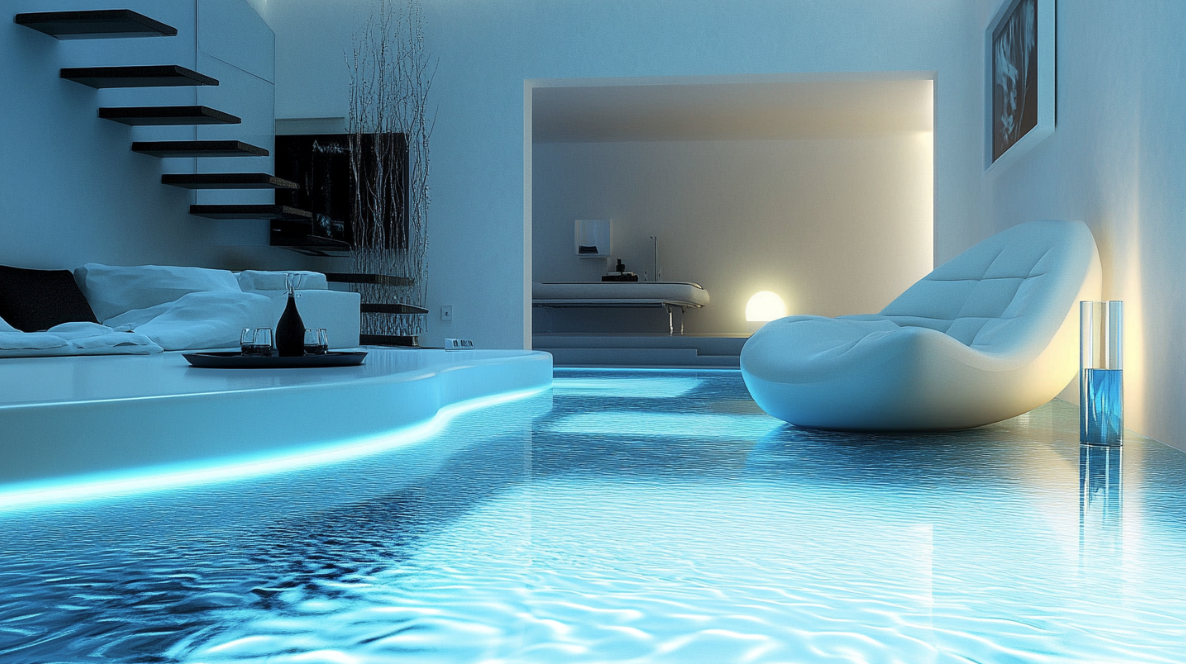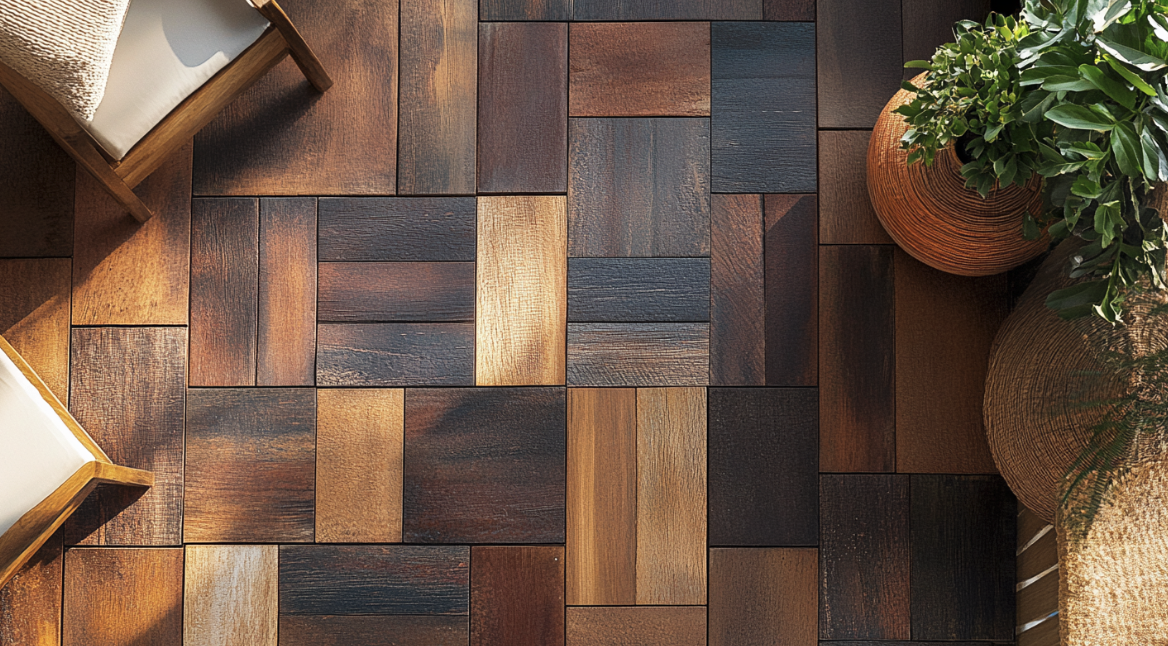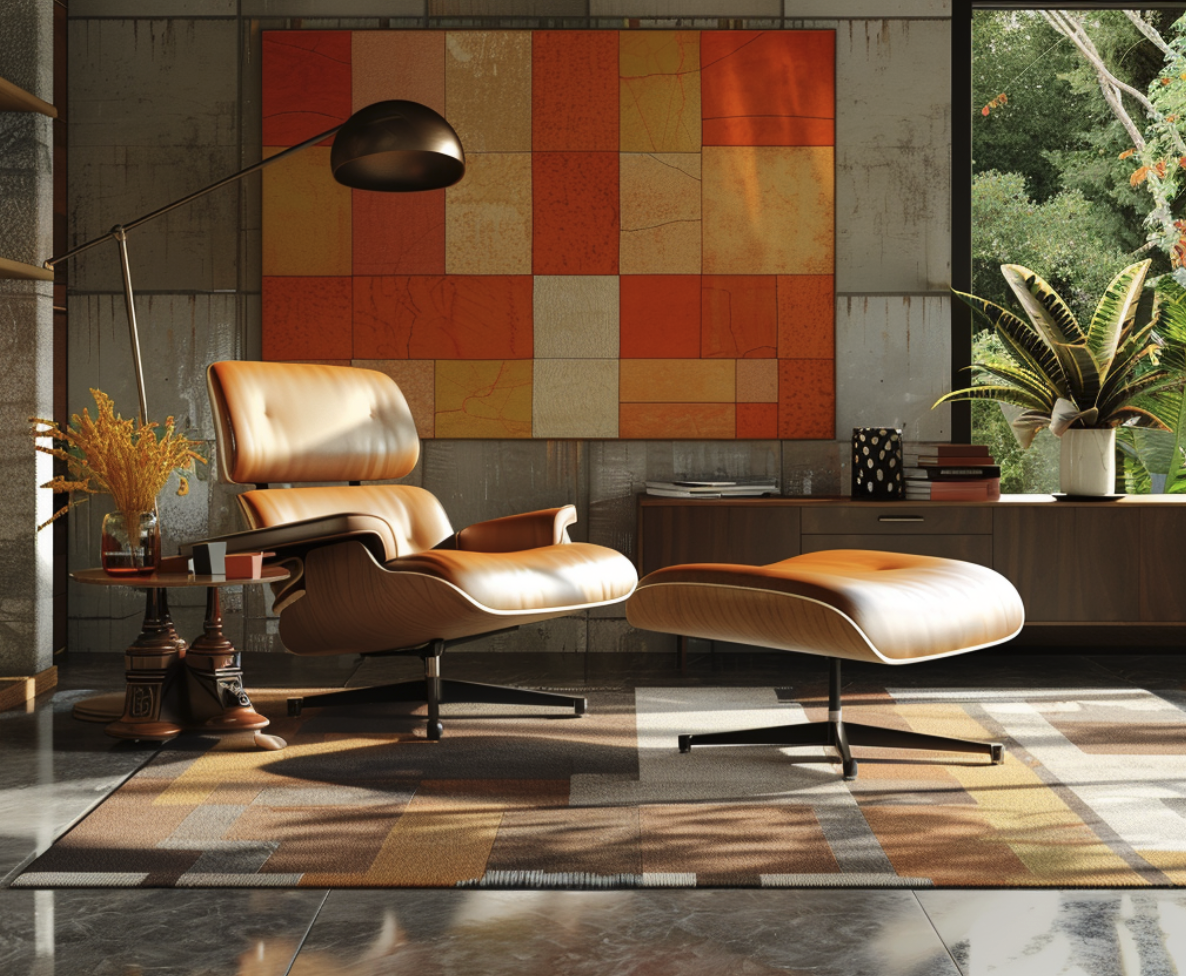The only way to predict the future is to invent it - Arthur C. Clarke
This is one of the most widely known quotes by Arthur C. Clarke, science fiction writer, futurist and inventor. What did Clark really want to say? And what does this quote have to do with futuristic flooring?
First, innovation is crucial to the advancement of society and technology. Like any other technological innovation, futuristic flooring is a result of human creativity. It requires designers, material scientists, and engineers with vision to achieve the impossible.
Second, to disrupt the status quo is to invent. Futuristic flooring is the polar opposite of the conventional approach, focusing on innovative solutions.
Third, inventors anticipate future demands and develop solutions in advance. The flooring industry improvises on interior and outdoor designs of the future with the use of new materials, technologies, and unconventional aesthetics.
Fourth, invention often means trying different things in many different ways. Futuristic flooring can be a perfect example of this, because it took a lot of experiments and improvements to create the floors we see today.
Therefore, the future is not only a matter of blind contingency, uncertainty and mere chance, but is determined by the direction and meaning given to it by human beings.
In 2024, the future seems to take the form of smart floors with interactive LED tiles, floors that generate their own energy, and floors made from recycled materials.
Sustainable Floor Options
Futuristic flooring has become intertwined with the principle of environmental sustainability and follows eco-friendly trends and innovations. Many home and business owners emphasize sustainability as a top priority in construction.
As environmental awareness grows and society increasingly recognizes the importance of responsible construction and design, sustainable flooring practices will play an increasingly important role in construction.
Recycled Materials
The pillar of sustainable floor installation is the use of recycled materials.
By using wood from old structures, you can get a hardwood floor that has a unique character and its own story. For example, old timber reduces the need for new logging and can give your home a touch of rustic chic.
Cork is one of the lightest materials, which is a great advantage in the field of floor covering. Due to its porous structure that allows for good air circulation, you will have excellent thermal insulation.
That way, you won't have to use carpet or carpet tiles that collect dust and dirt, the room is easier to maintain, and the cork itself has anti-allergic effects, so it's also ideal for children's rooms.
Recycled rubber can also be an interesting sustainable solution. It provides excellent acoustics and has anti-slip properties, so it can become part of a children's playroom or your home gym. Food and drink stains are easy to remove, so it can be a good choice for your kitchen.
The rubber floor is resistant to moisture, various liquids and grease. It is ideal for home workshops and garages, where it can absorb strong impacts from metal tools. The specific rubber smell that may bother you at first disappears over time.
Concrete and terrazzo floors are redesigned with sustainable practices in mind. Recycled aggregates, fly ash and other waste materials are incorporated into them, thus creating a unique aesthetic impression and a reduced impact on the environment.
These floors can imitate the look you want: wood, brick or any other texture. A quality terrazzo floor can last for decades. The price of decorative concrete will always be lower than the price of the base it imitates, and it will imitate it flawlessly.
Technologically Advanced and Hybrid Floors
The current state of smart floor technology includes floors that can adjust their own temperature, detect leaks, or connect themselves to your smart home system. There are floors with integrated LED lighting that can create a special atmosphere.
Floor design is moving towards 3D flooring trends that are used predominantly in commercial venues such as fairs and exhibition halls. Such floors appear to have depth and texture.
Interactive floors with sensors and digital displays are also used, which in commercial spaces attract visitors by reacting to their movement and creating a special interactive dynamic.
Floor Heating Systems
Particularly interesting for your home use are floor heating systems that provide heating without radiators. They were once considered a luxury, but now they are integrated into your home with the necessary standards of sustainability.
Renewable energy sources such as solar or geothermal are used. Due to the absence of other heating elements, you can now place your favorite piece of furniture under the window where the radiator once stood.
Hybrid Floors
Hybrid flooring solutions combine the best features of different types of flooring. This type of innovation combines the resistance of vinyl planks and the stability of laminate, so you can have a multi-functional product that can withstand heavy loads.
The structure of these floors is layered, on the surface there is a wearing layer, a transparent durable coating that protects the floor, then underneath a decorative layer that contains high-resolution images and replicates the look of the material you want.
The backbone of the structure is the base layer, which is made of a combination of materials such as stone or wood-plastic composites. On the last layer, there is usually an acoustic pad that reduces sound transmission and gives you comfort.
Design Ideas
Nuanced design ideas can transform your space into a harmony of form and function.
Seamless Transitions
Use advanced dyeing techniques in hardwood or arrange tiles that create a gradual change in hue or pattern.
Experiment with continuous flooring to blur the lines between indoor and outdoor spaces.
Layered Textures
Mix various types of flooring in creative ways. For example, put strips of LED lights between pieces of wood flooring.
Explore advanced manufacturing techniques to create floors with 3D textural patterns.
Artistic Expression
Collaborate with skilled craftsmen to design unique patterns in your floor. You can choose from abstract shapes in terrazzo or detailed mosaics in tiles.
In places where there is plenty of sunlight, think about adding small parts of green plants or art pieces to your floor design.
Multifuncional Design
Design spaces where the floor can switch between different features. Imagine a part of your living room floor turning softer for doing yoga or playing games.
New tech suggests we might soon have holographic images that can cover the actual floor.
Conclusion
The flooring industry is transforming, driven by technological advances, concerns about sustainability and the evolution of consumer preferences. From LED floors to environmentally friendly materials, the future promises innovative solutions that meet aesthetic and functional needs. As we move forward, it's exciting to see how these trends will continue to shape our living and working spaces.










